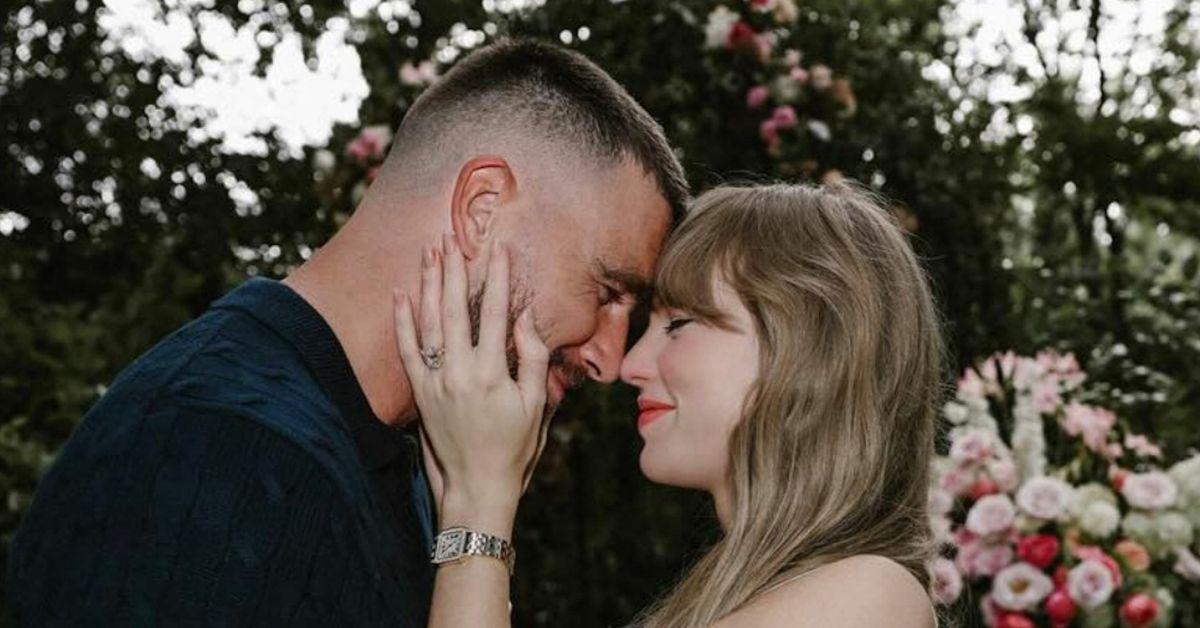John Lennon and Paul McCartney's Drugs Bond Exposed — And How 'Imagine' Icon's Accidental LSD Trip Really Got Their Creative Juices Flowing
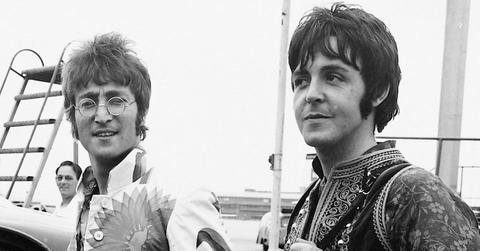
McCartney admits bringing cannabis into Japan was 'the maddest thing' he ever did.
April 9 2025, Published 2:45 p.m. ET
John Lennon's accidental LSD Trip with Paul McCartney was a "high" that changed The Beatles forever.
The book John & Paul: A Love Story in Songs reveals how the recording of Getting Better became an unexpected bonding experience between the two after McCartney gave into the "fear pressure" of trying the psychedelic, RadarOnline.com can reveal.
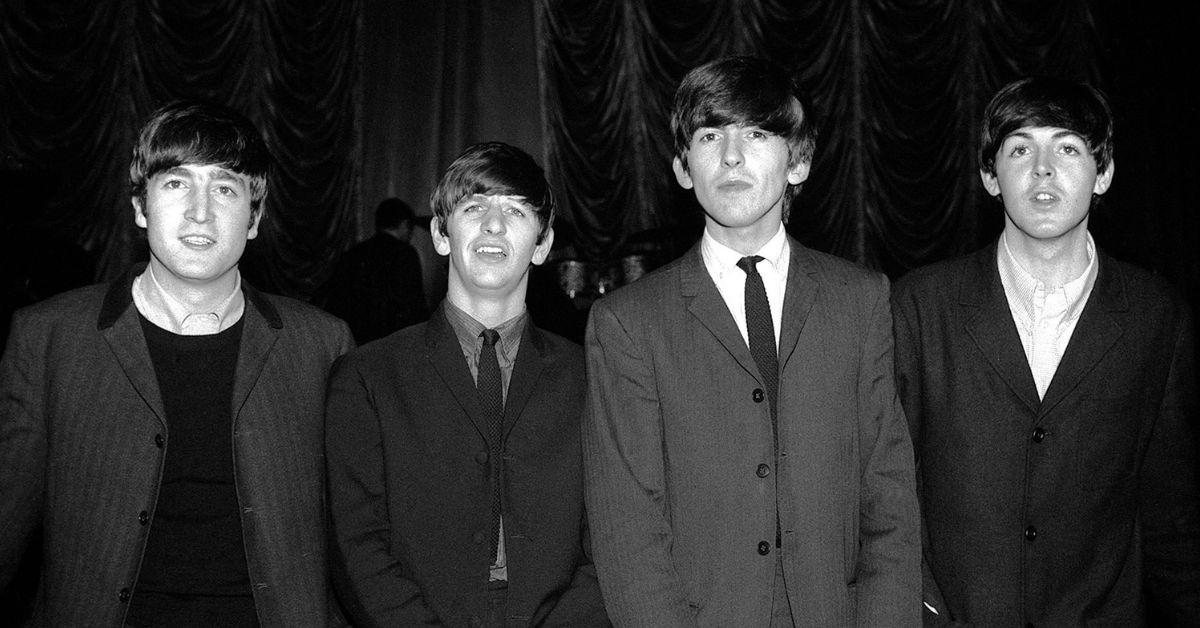
The new book John & Paul: A Love Story in Songs reveals how The Beatles' 1967 hit 'Getting Better' shows the unique traits of Lennon and McCartney.
In the new biography, author Ian Leslie offers a deep dive into their partnership – supported by thorough research and keen observations.
The book specifically explores how the 1967 hit Getting Better reflects the unique traits of Lennon and McCartney, while also revealing how the recording session turned into an unexpected, hallucinogenic shared moment.
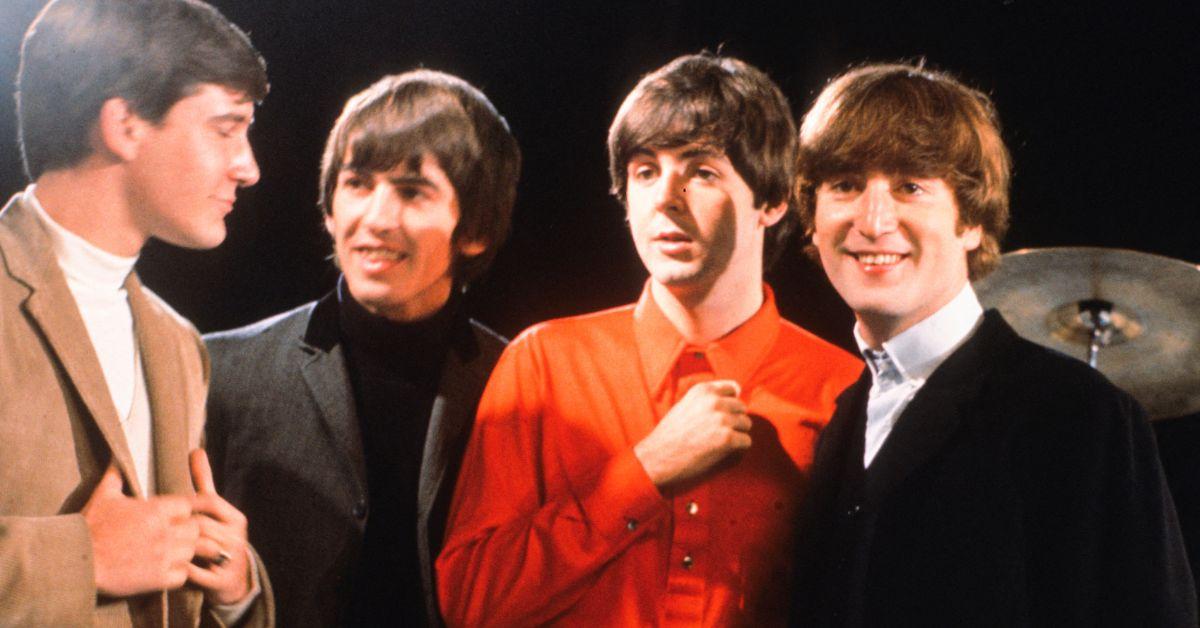
Lennon and McCartney accidentally tripped on LSD one night and ultimately strengthened their bond.
In John & Paul: A Love Story in Songs, it's revealed the tune was inspired by a phrase from Jimmie Nicol – a temporary Beatles drummer – who would cheerfully say, "It’s getting better!" when asked about the challenges of touring.
McCartney, ever the optimist, drew from a 1967 moment, while Lennon added darker reflections on his troubled past – including anger, emotional trauma, and abuse from his difficult childhood.
Those close to him noted how by 1967, when the song was written, Lennon's personality had softened. However, his restlessness and depression led him to abuse marijuana, LSD, and various other substances, which he would mix into a mysterious powder.
A positive result of his substance use, as noted by author Leslie, was how it made Lennon "calmer, nicer, and more childlike." Instead of spiraling into rage with alcohol, he became more openly affectionate.
Lennon's newfound clarity from acid came at the expense of his songwriting abilities. As Leslie pointed out: "He had never found it so hard to create new songs."
Only four tracks on Sgt. Pepper came from Lennon, with McCartney having to gently draw them out.
Leslie wrote: "Nobody, not even John, believed more in John's talents than Paul, or was more deeply invested in him making the most of them. McCartney also wanted his friend to be happy.
"He could see that John was calmer and in a better mood than before, but he also saw that John was adrift. When he wasn't working, he was tripping. Left without focus, he might lose himself completely."
Lennon typically reserved his psychedelic experiences for after hours, avoiding trips while working on new music with the Beatles.
However, that changed on the evening of March 21, 1967, when the band was at EMI's Abbey Road studios gearing up for a marathon all-night session to record the backing harmonies for Getting Better.
To prepare for the long night, Lennon grabbed his portable pharmacy – a small silver snuff box – searching for an "upper" to stay awake.
Instead, he accidentally took LSD.
At first, the musician didn’t realize anything was wrong as he recorded vocals, but soon felt waves of paranoia and fear.
He recalled in a 1970 interview: "I thought I was cracking up." It then dawned on him that he had accidentally taken acid.
Lennon told producer George Martin he needed a break, explaining: "I’m not focusing on me."
Martin, unaware of drugs, noticed Lennon swaying and took him to the roof for fresh air, away from the crowd of screaming fans.
Leslie wrote: "Martin paused the session and took John up to the roof for some fresh air. The other Beatles stayed behind.
"But as Paul McCartney and George Harrison discussed what might be the matter with John, they figured out that he had probably taken a tab of LSD by accident – and that maybe standing on the top of a building wasn’t the best place for him.
"They rushed up the stairs, hoping that John did not decide to see if he could fly before they got there."
The session was called off for the night, and the band went their separate ways. With Lennon's driver not arriving for hours, McCartney took him to his nearby Regency townhouse, just minutes from Abbey Road.
"Once there," Leslie wrote, "Paul decided to take some LSD himself."
McCartney's decision to try LSD was a significant one, as he had been the last member of the band to experiment with the drug.
He was initially fearful, thinking it would permanently alter his life, unlike Lennon, who was excited by the prospect.
McCartney gave in to "fear pressure" in December 1965, trying acid with socialite Tara Browne instead of the Beatles.
Despite his reluctance and unsettling experience, he later took acid with Lennon to reconnect and strengthen their bond, which had weakened since touring stopped.
The experience ended up being extremely memorable for them both.
Leslie wrote: "That night, John and Paul did something that the two of them practiced quite a few times during this period: they gazed intensely into each other’s eyes.
"They liked to put their faces close together and stare, unblinking, until they felt themselves dissolving into each other, almost obliterating any sense of themselves as distinct individuals."
McCartney would later describe it, with classic understatement, as "a very freaky experience… John had been sitting around very enigmatically, and I had a big vision of him as king, the absolutely Emperor of Eternity. It was a good trip."
Leslie highlighted the importance of eye contact in music, as it enables musicians to communicate without words.

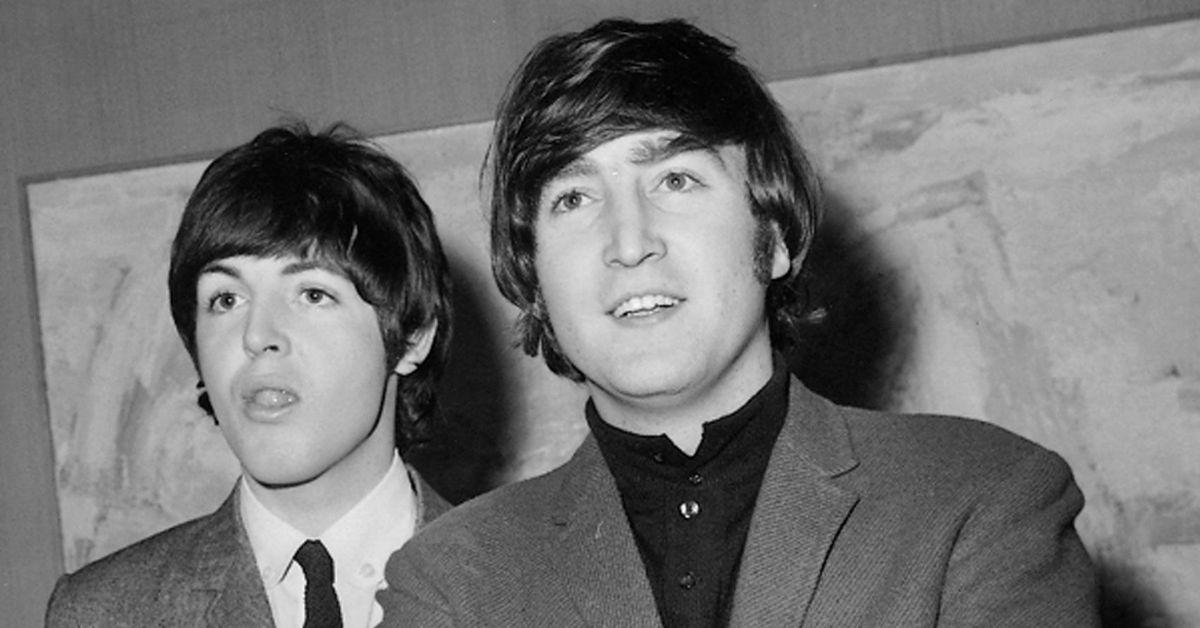
McCartney and Lennon found a way to connect through staring into each other's eyes.
The author continued: "The two friends spent an unusual amount of their lives looking into each other’s eyes. On tour buses, in hotel rooms, in dressing rooms.
"On YouTube and Tumblr, Beatles fans have collated long strings of images of John and Paul looking at each other at press conferences, in interviews, on stage, at parties.
"All the Beatles make a lot of eye contact, but the frequency and intensity of Lennon and McCartney’s ocular communication is striking."
After his night with McCartney, Lennon told biographer Hunter Davies: "I have to see the others to see myself. Then I realize there is someone like me, so it's reassuring.
"We do need each other a lot."


